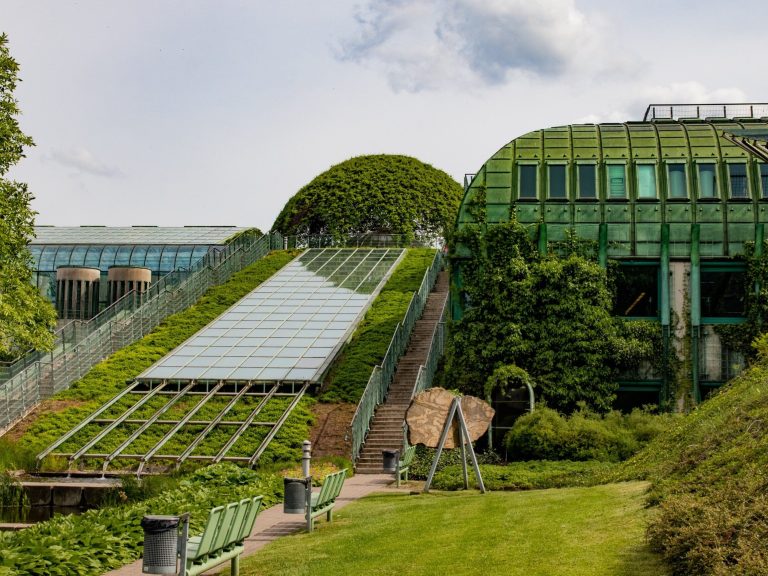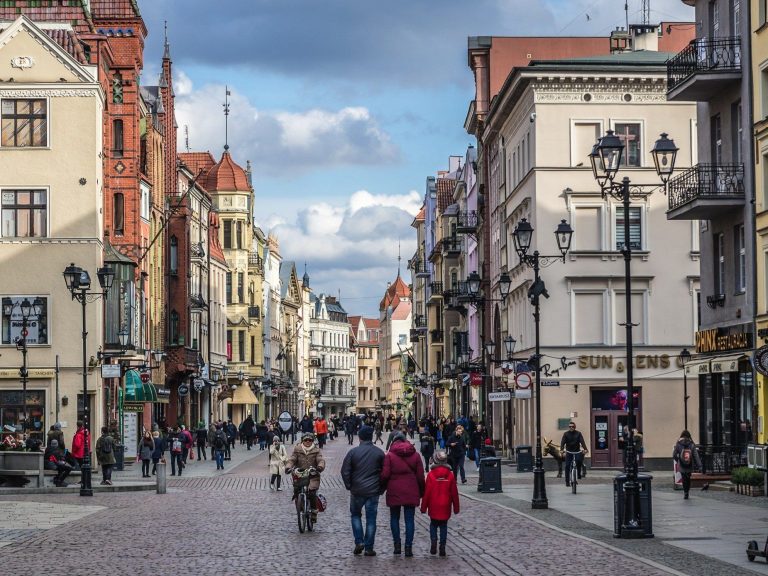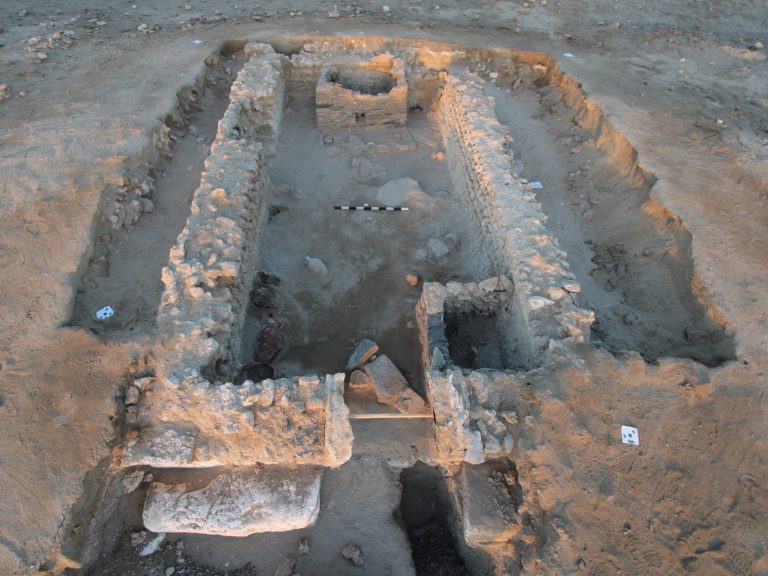I climbed a Polish volcano. Although the Silesian Fujijama is not high, it can be a challenge

Did you know that there are volcanoes in Poland? As soon as I received this information, I knew that I would like to enter one of them. What was the hike to Ostrzyca Proboszczowicka like? While it's not a high mountain, it can be challenging on some days.
In Poland we have not only deserts, but also volcanoes. Were you aware of this? I decided to enter one of them. I chose the highest one and at the same time the most interesting one from my perspective. From a distance it looks like a small Kilimanjaro, all because of its eminence. The shape of this hill screams that it was once a volcano. And although it is not high in itself – Ostrzyca Proboszczowicka is a peak with a height of 501 m above sea level – climbing it may be difficult. Why?
I entered Ostrzyca Proboszczowicka. This is a Polish extinct volcano
Ostrzyca Proboszczowicka is located in the Land of Extinct Volcanoes in the Kaczawa Foothills in the Sudetes. From Warsaw you need to travel for almost 5 hours to reach this mountain. It is located approximately at the level of Jelenia Góra, only slightly to the north. You can plan an independent trip here, as climbing to the top does not take much time. I decided to go to the volcano during my vacation in the Jizera Mountains. From here it was about 30 km and a 40-minute drive away.
Ostrzyca Proboszczowicka is located approximately 2.5 km from the town of Proboszczów. There is a parking lot right at the beginning of the trail to the hill, where you will definitely find a place outside the season. We visited the volcano in late winter/early spring – there was… no one in the area. Climbing the volcano, even though it was extinct, in such an atmosphere – a kind of loneliness – only added to the thrill of the whole situation. The conditions weren't the best either, it was drizzling all the time and it was wet everywhere.
It takes about 30-40 minutes to get to Ostrzyca and there is a road leading there, which children can also go through. We took our dog with us on this walk and he was absolutely thrilled to accompany us. The trail starts from a dirt road and then turns into stone steps. Unfortunately, due to the rain, they were so slippery that at times we had to use our hands to support ourselves despite having good hiking shoes.
At the foot of the mountain you can see glacial deposits, which indicate that there was once a huge ice sheet in this area. On the way to the top you pass beautiful basalt fields, but sometimes you can come across fallen trees. There are benches along the path up the hill where you can rest. The entire route leads through the forest, so in summer, even if the sun is hot, the hike should be pleasant.
The peak itself resembles a stone and earth mound, which makes us feel even more like we have reached the crater of a volcano. There should be a beautiful view of the surrounding area from here. Unfortunately, the weather was not on our side as there was fog everywhere.
Silesian Fujiama and other volcanoes in Poland
Silesian Fujiyama, or Ostrzyca Proboszczowicka, is located in the Land of Extinct Volcanoes in the Kaczawa Foothills in Poland. This area stretches from Legnickie Pole to Złotoryja. The local mountains are 500 million years old, and the volcanoes present here were active 250 million years ago.
In addition to the highest volcano that we managed to conquer, there is also Werewolf, often called Wolf Mountain, nearby. It is 367 m above sea level and has a very characteristic appearance. In addition, there is a basalt volcanic chimney and a basalt rose here. It is unique on a European scale.
However, volcanoes in the Land of Extinct Volcanoes are not the only ones we can find in Poland. In other parts of the country there are also mountains that once showed volcanic activity. They are located in the Beskids, Pieniny, Gorce and Świętokrzyskie Mountains. The speech includes: about Rataj, Wielisławice, Czerwona Skała, which was once famous for its quarries, Basaltowa Góra and Stożek Wielki. Some of them are located in reserves that were created to protect them. On the way to these cones you can also encounter very interesting formations, such as the Wielisław Organs.
Why are they so special? These are rhyolites, i.e. volcanic rocks of the Permian age rich in silica. They are regularly cracked, resembling a large inverted fan. There are two main directions of cracks in the rock, which together form hundreds of adjacent polygonal pillars with a diameter of 20–30 cm. The position of the poles changes in space. In the northern part of the quarry they are vertical, which is also visible in the rock walls north of the quarry, in the southern part their inclination decreases to horizontal. Such variability indicates that the solidifying lava formed a dome shape. No wonder they are such an interesting tourist attraction.
There is another peak worth attention in Lower Silesia. And this is because of wrong thinking about him. We are talking about Ślęza, which reaches 717.5 m above sea level. Just look at it from a distance to associate it with a volcano. Unfortunately, although it is so characteristic, it has never been a volcano. However, this does not mean that it is not worth visiting. Maybe next time I will go to this Lower Silesian cone, which is considered one of the most mysterious. If it's not a volcano, how did it form?






